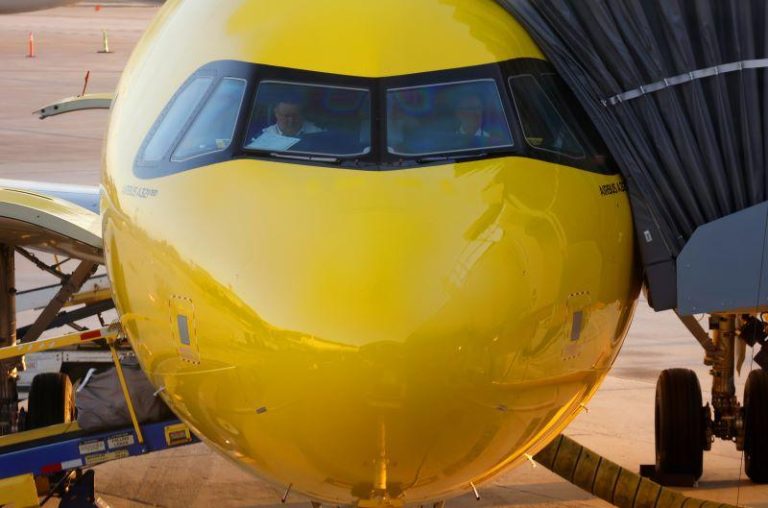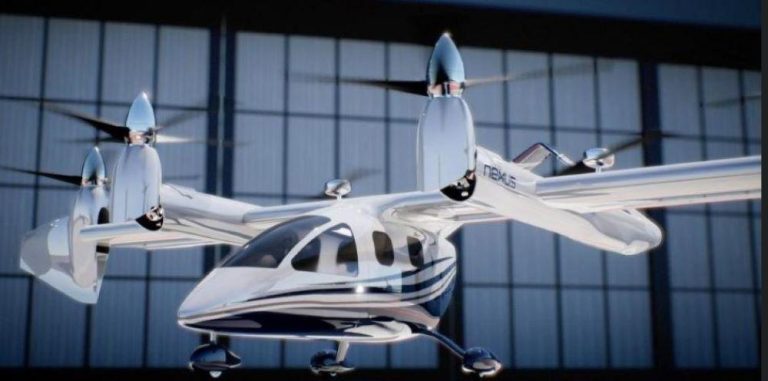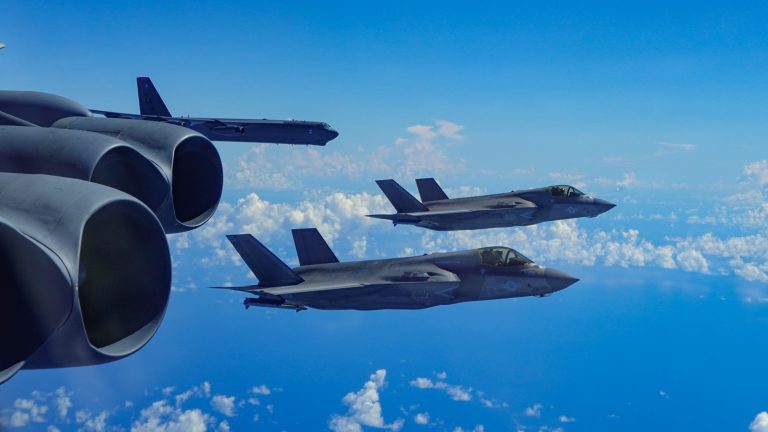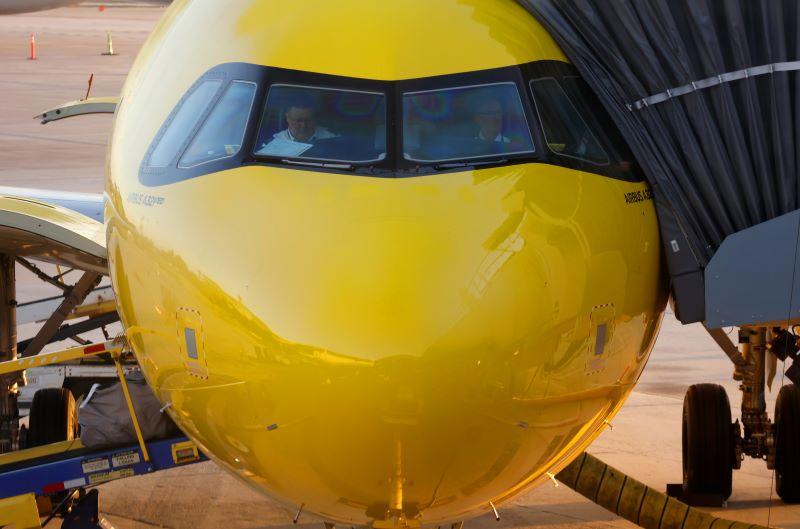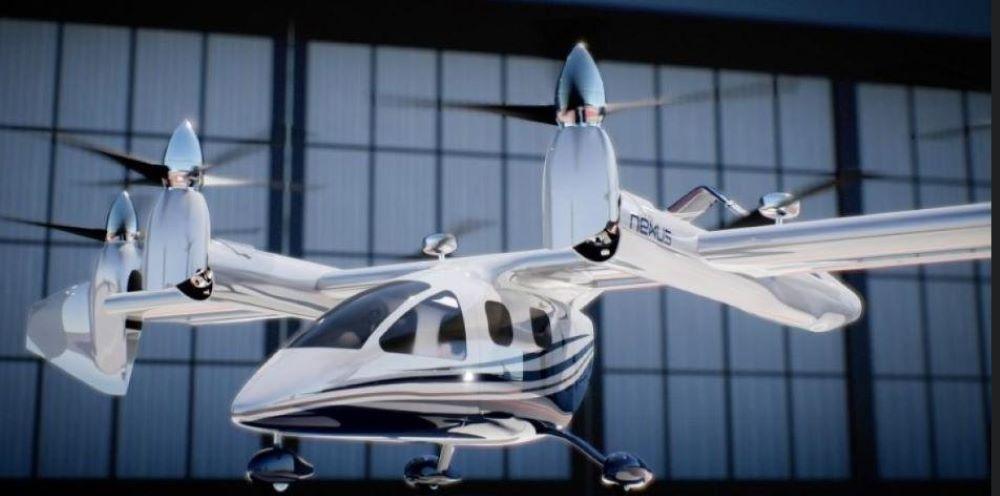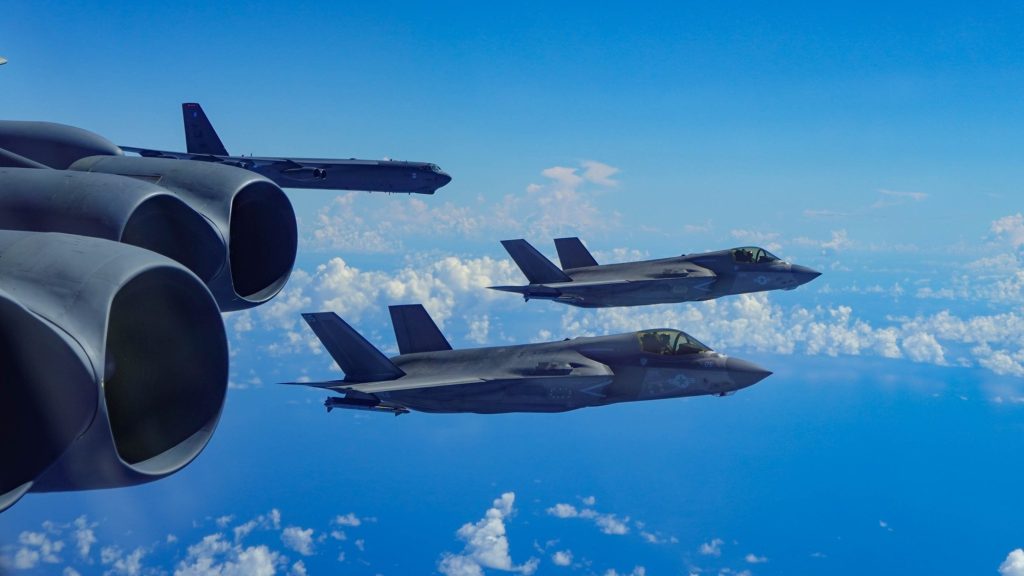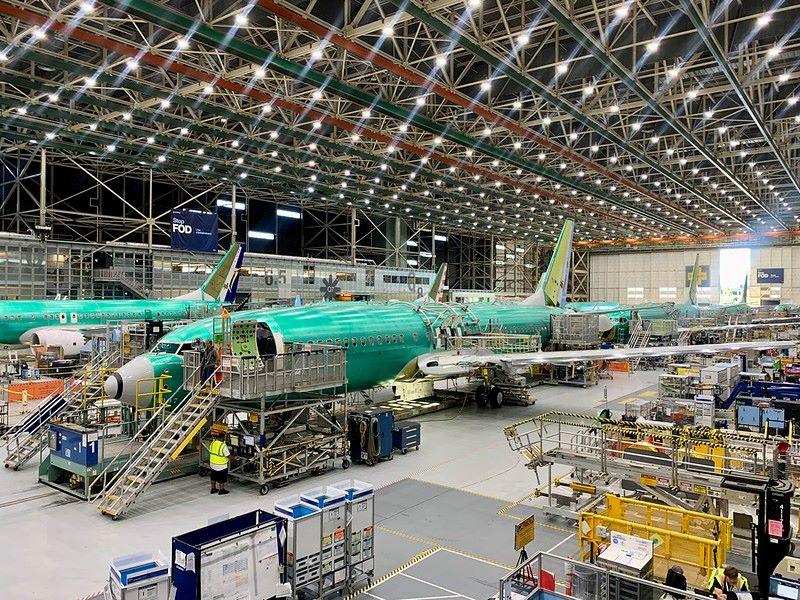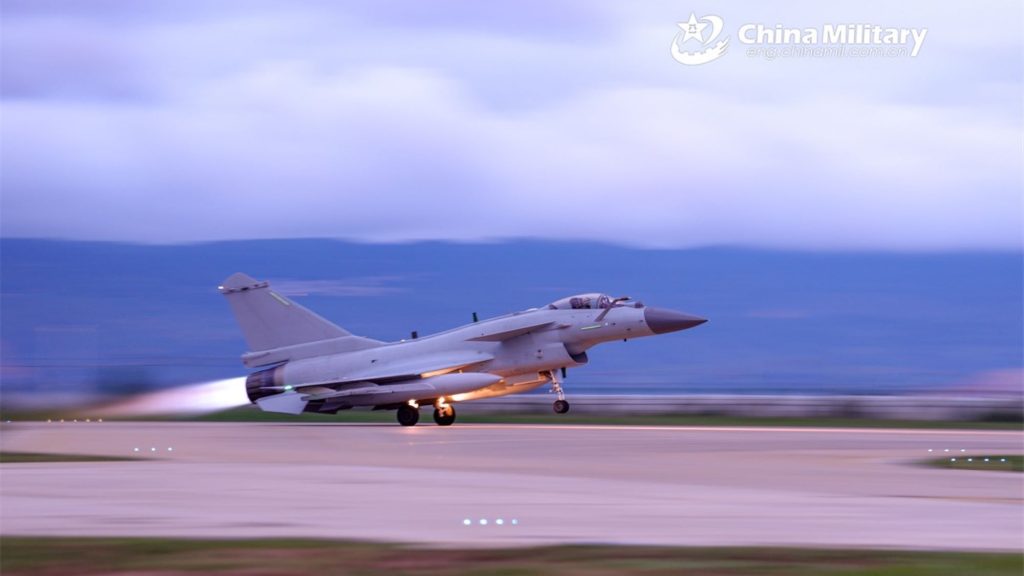KIGALI, Rwanda—Africa has “significant potential” to improve air connectivity between its cities, offering opportunities for both economic growth and enhanced quality of life.
This was the message from Theo Wensink, head of airline marketing for the Middle East and Africa at Embraer Commercial Aviation, when he spoke at this year’s Aviation Africa Summit and Exhibition held earlier in September in Kigali.
Wensink shared a personal story highlighting the importance of connectivity. Recalling a trip last year to St. Helena, an isolated island in the middle of the Atlantic some 1,200 mi. west of the African coast, he said its “only thanks to a 4-hr. flight from Johannesburg that people can reach the island quickly.”
“A few years ago, you could only reach St. Helena by a six-day boat journey from South Africa,” he said. “Now, a 4-hr. flight from Johannesburg, operating by Airlink on an E190 aircraft, connects the island to the mainland, serving as a lifeline for mail, medical needs and travel.”
A range of E-Jets are operating in Africa including the E170, E175, E190 and E195 models. Aviation Week Network’s Tracked Aircraft Utilization tool shows there were 116 Embraer jets in service with African airlines in August. Only Air Peace operates Embraer’s current-generation E2 powered by the Pratt & Whitney PW1900G but the Nigerian carrier is set to be joined by Airlink when it receives its first E2 which is due before the end of the year. These are the only two customers for the E2 in Africa to date.
Wensink noted that air connectivity in Africa remains “limited” compared to other regions.
“According to a recent market outlook by Embraer, Africa is forecast to see a 4.4% annual growth in revenue passenger kilometers over the next 20 years. This projection highlights the continent’s untapped potential and the urgent need to improve air connectivity,” Wensink said.
He added that there are two key strategies to enhance connectivity: opening new routes and increasing flight frequencies. “Currently, many African travelers face indirect and lengthy journeys between cities,” he said.
“For instance, flying between two North African countries sometimes requires a detour through European hubs like Paris. This isn’t just inconvenient—it increases travel time, costs, and CO₂ emissions.”
Wensink offered other examples of connectivity gaps including Cape Town to Lagos, which currently has no direct flights.
“Passengers often route through Kigali, Addis Ababa or Johannesburg, adding hours to their journey,” Wensink said. “Similarly, the short flight between Moroni and Antananarivo in Madagascar requires connections that can triple or quadruple travel distance.”
Wensink also emphasized the role of optimizing aircraft size, suggesting that smaller aircraft on less busy routes could allow more frequent flights, attract business travelers and improve profitability.
“The trip to St. Helena made me realize how essential connectivity is,” Wensink said.
“It’s about connecting people, communities, and economies—exactly the DNA of companies like Embraer, which started in Brazil to connect remote communities.”


